Feng Jin
mmFall: Fall Detection using 4D MmWave Radar and Variational Recurrent Autoencoder
Mar 28, 2020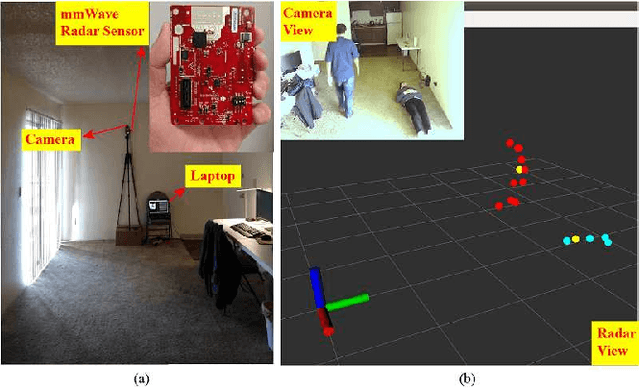
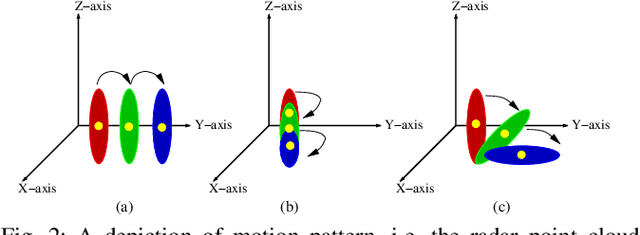
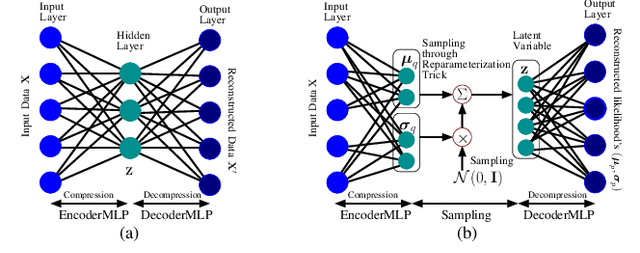
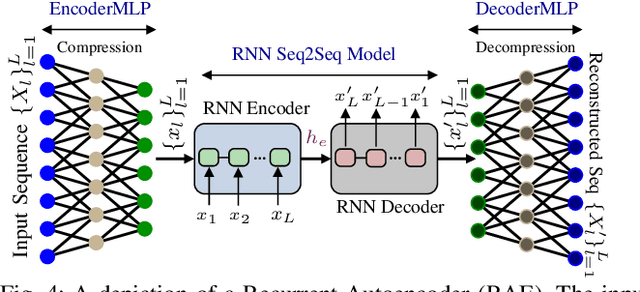
Abstract:In this paper we propose mmFall - a novel fall detection system, which comprises of (i) the emerging millimeter-wave (mmWave) radar sensor to collect the human body's point cloud along with the body centroid, and (ii) a variational recurrent autoencoder (VRAE) to compute the anomaly level of the body motion based on the acquired point cloud. A fall is claimed to have occurred when the spike in anomaly level and the drop in centroid height occur simultaneously. The mmWave radar sensor provides several advantages, such as privacycompliance and high-sensitivity to motion, over the traditional sensing modalities. However, (i) randomness in radar point cloud data and (ii) difficulties in fall collection/labeling in the traditional supervised fall detection approaches are the two main challenges. To overcome the randomness in radar data, the proposed VRAE uses variational inference, a probabilistic approach rather than the traditional deterministic approach, to infer the posterior probability of the body's latent motion state at each frame, followed by a recurrent neural network (RNN) to learn the temporal features of the motion over multiple frames. Moreover, to circumvent the difficulties in fall data collection/labeling, the VRAE is built upon an autoencoder architecture in a semi-supervised approach, and trained on only normal activities of daily living (ADL) such that in the inference stage the VRAE will generate a spike in the anomaly level once an abnormal motion, such as fall, occurs. During the experiment, we implemented the VRAE along with two other baselines, and tested on the dataset collected in an apartment. The receiver operating characteristic (ROC) curve indicates that our proposed model outperforms the other two baselines, and achieves 98% detection out of 50 falls at the expense of just 2 false alarms.
Deep Diabetologist: Learning to Prescribe Hyperglycemia Medications with Hierarchical Recurrent Neural Networks
Oct 17, 2018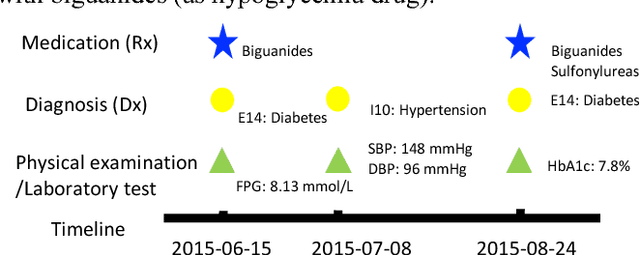
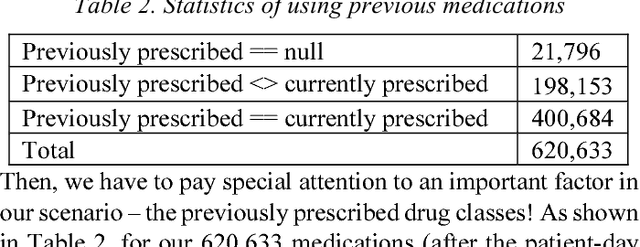
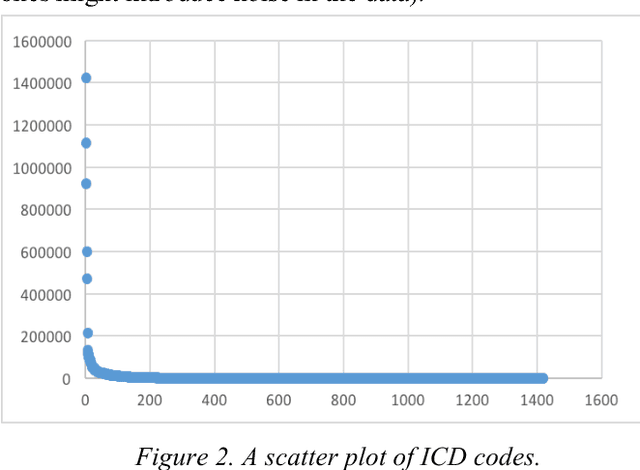
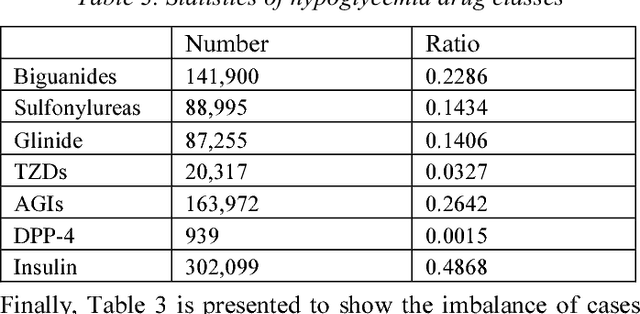
Abstract:In healthcare, applying deep learning models to electronic health records (EHRs) has drawn considerable attention. EHR data consist of a sequence of medical visits, i.e. a multivariate time series of diagnosis, medications, physical examinations, lab tests, etc. This sequential nature makes EHR well matching the power of Recurrent Neural Network (RNN). In this paper, we propose "Deep Diabetologist" - using RNNs for EHR sequential data modelling, to provide the personalized hyperglycemia medication prediction for diabetic patients. Particularly, we develop a hierarchical RNN to capture the heterogeneous sequential information in the EHR data. Our experimental results demonstrate the improved performance, compared with a baseline classifier using logistic regression. Moreover, hierarchical RNN models outperform basic ones, providing deeper data insights for clinical decision support.
Neural Network Multitask Learning for Traffic Flow Forecasting
Dec 24, 2017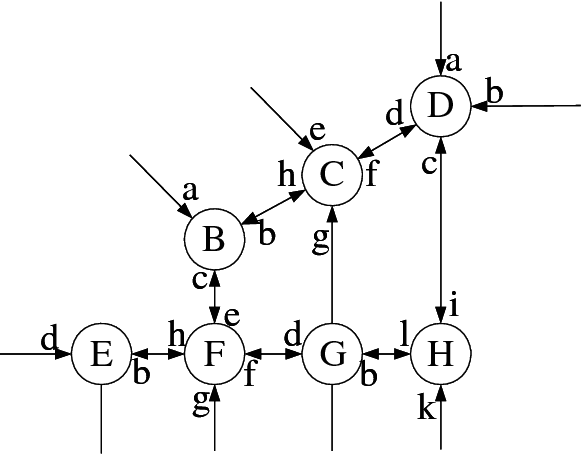


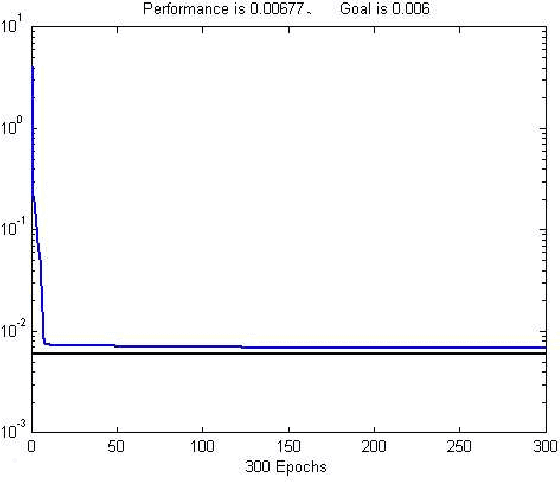
Abstract:Traditional neural network approaches for traffic flow forecasting are usually single task learning (STL) models, which do not take advantage of the information provided by related tasks. In contrast to STL, multitask learning (MTL) has the potential to improve generalization by transferring information in training signals of extra tasks. In this paper, MTL based neural networks are used for traffic flow forecasting. For neural network MTL, a backpropagation (BP) network is constructed by incorporating traffic flows at several contiguous time instants into an output layer. Nodes in the output layer can be seen as outputs of different but closely related STL tasks. Comprehensive experiments on urban vehicular traffic flow data and comparisons with STL show that MTL in BP neural networks is a promising and effective approach for traffic flow forecasting.
 Add to Chrome
Add to Chrome Add to Firefox
Add to Firefox Add to Edge
Add to Edge